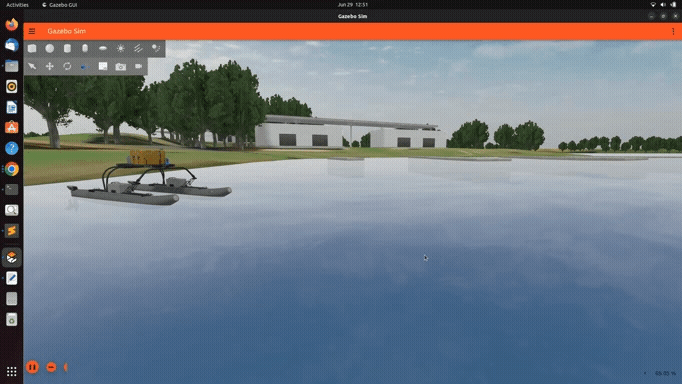Hints:
- Try spawning the bouncy buoys at a lower
zin the perception task. - If this doesn't work try to tweak the collision element associated with the buoyancy (reducing it?). E.g.: https://github.com/osrf/vrx/blob/main/vrx_gz/worlds/perception_task.sdf#L464-L469








@tejalbarnwal Reports that buoys dropped from just above the surface in the perception task exhibit strange behavior, causing them to bounce off the surface of the water. See this video.